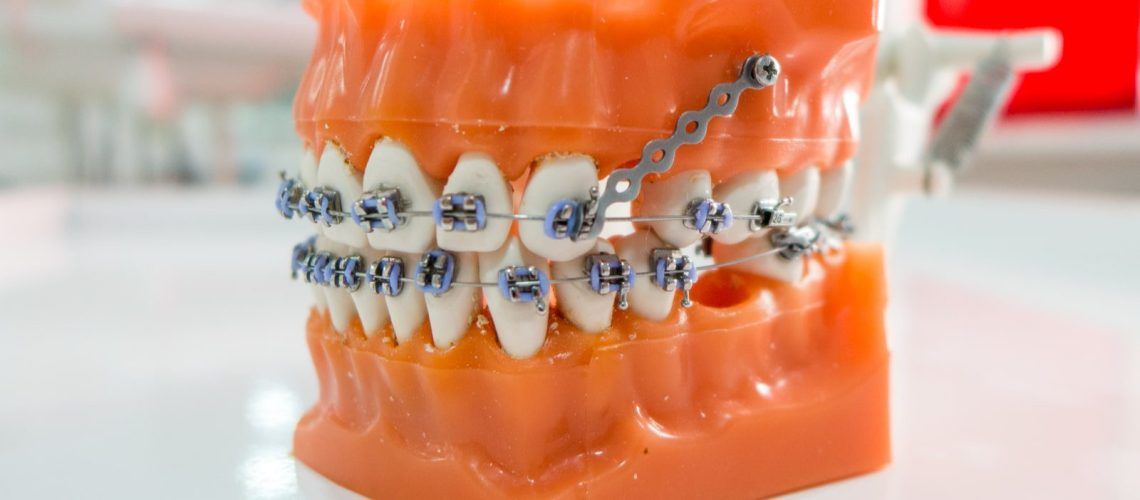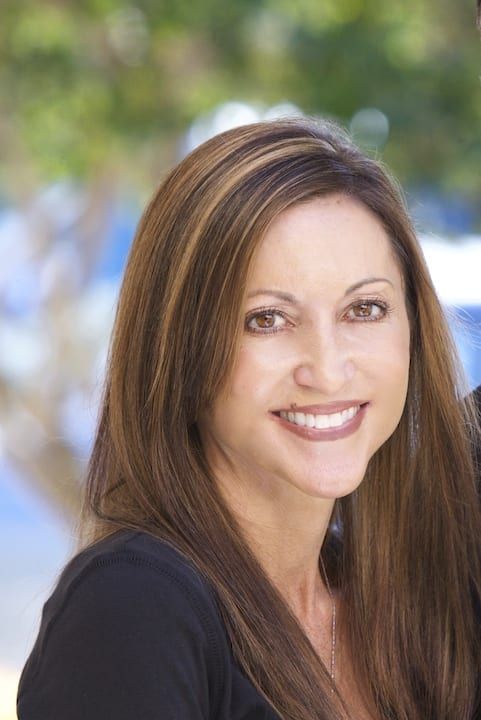Having teeth out of alignment can be both unsightly and a danger to our oral health. Adjusting them is a precise practice, requiring numerous considerations before adjusting the position and angle of our teeth. The process involved requires ensuring that only those teeth needing realigning are altered. To achieve this goal, a special process was developed called orthodontic anchorage. Anchorages have been an essential part of orthodontic care for over a century, and numerous developments have occurred in that time.
Using Anchorage In Orthodontic Treatments
The initial anchorage was developed and introduced by a dentist named Henry Albert Baker. So significant was this contribution to orthodontic treatments that it continues to bear his name. Baker’s Anchorage was the first to properly perform an orthodontic adjustment in a growing number of tools. Anchorages now have a classification system that indicates various aspects of each one. These classifications include:
- Site-Based Classification
- Intraoral – Those anchorages only involve space inside the mouth
- Extraoral – Facemasks and headgear are the foundation of extraoral anchorages. Occipital and cervical anchorages are the most common, with combination headgear including aspects of each.
- Muscular – The use of muscle tissue to secure a tooth
- Number of Treated Teeth
- Simple/Primary – Anchorages affecting a single tooth
- Compound – Anchorages affecting multiple teeth
- Reinforced – Anchorages involving multiple points to secure the desired teeth in place. This often includes extraoral appliances such as headgear and facemasks.
- Reciprocal – Anchorages that draw two teeth towards each other an equal amount.
- Stationary – Anchorages are used to alter the angle, not the position, of a single tooth.
- Space-Based Classification
- Group A – Anchorages moving teeth towards the rear of the mouth
- Group B – Anchorages moving front and rear teeth together.
- Group C – Anchorages moving teeth towards the front of the mouth.
- Absolute Anchorage – Anchorages that adjust only the rear teeth without involving the front teeth.
Using this system ensures that dentists can accurately describe any anchorage being used. This makes noting information about the treatment easier and far more accurate. They include what appliances are being used and the nature of the adjustment. There are two outlying classifications describing the use of bone for adjustment and implants.
Talk To Your Dentist About Orthodontic Anchorage
This guide was developed to help patients better understand the orthodontic process and the tools involved. This was done, in part, to help them understand the dangers involved in using 3rd party mail-order orthodontists to receive orthodontic care. Without careful and direct oversight, there are numerous dangers the patient may face.
Remote orthodontists cannot detect numerous health conditions from a simple dental impression that can complicate the orthodontic process. Further, the target teeth can move in unexpected ways during the treatment. Without regular visits to a dentist and accessibility of imaging, the treatment may not be effective. In the best case, your teeth will require another treatment. In the worst, additional work may be needed creating additional expense. Speak to your dentist to start your orthodontic process, and involve them if you opt to go with a mail-order process.



